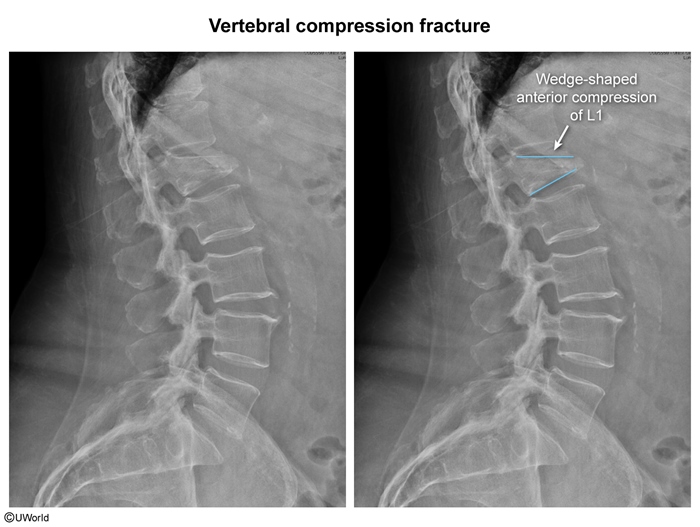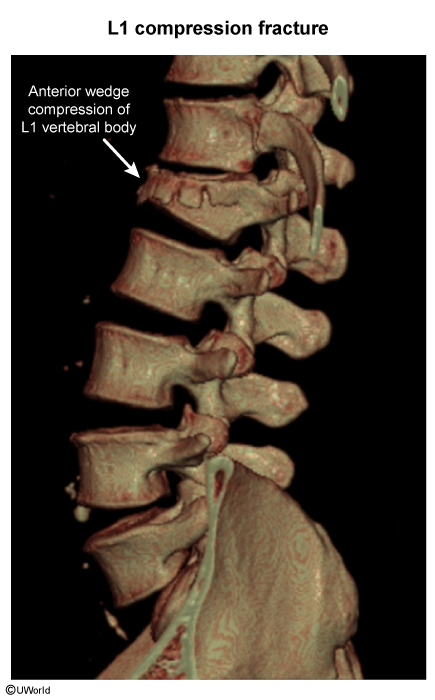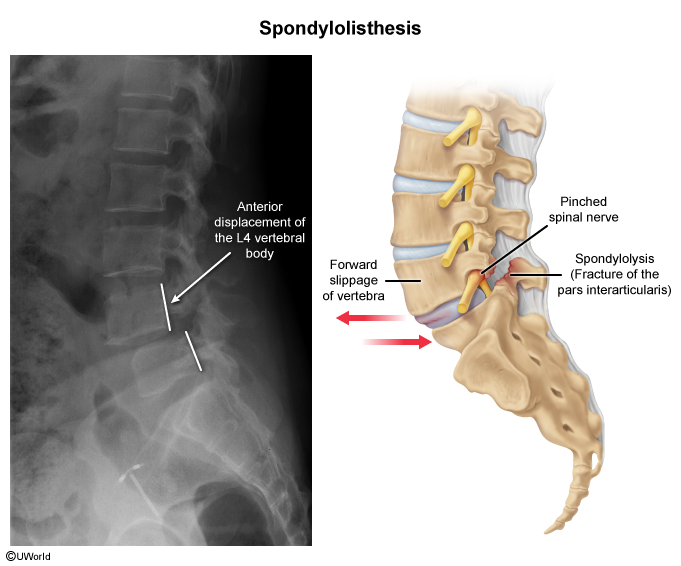Vertebral Compression Fracture
Article Sections
Introduction
Vertebral compression fracture (VCF) is characterized by collapse of one or more vertebral bodies under excessive mechanical stress, often due to decreased bone mineral density. It is common in patients with osteoporosis, most commonly occurring in the thoracic and lumbar spine, but can also occur in other bone disorders and occasionally in healthy individuals. Although VCF is often asymptomatic, it can cause significant pain, disability, and, in severe cases, neurologic complications. Understanding the pathophysiology, risk factors, clinical presentation, diagnosis, and management of VCF is necessary for effective patient care.
Pathophysiology
VCF is typically caused by a combination of factors:
- Osteoporosis: Decreased bone mineral density weakens the vertebral body, making it more susceptible to fracture.
- Trauma: Direct or indirect trauma, such as falls or lifting heavy objects, can apply excessive stress to the spine.
Continue Learning with UWorld
Get the full Vertebral Compression Fracture article plus rich visuals, real-world cases, and in-depth insights from medical experts, all available through the UWorld Medical Library.
Images


